
Dr. Eliza Sundahl encourages all clinics to change their clinic culture when it comes to cats.

Dr. Eliza Sundahl encourages all clinics to change their clinic culture when it comes to cats.
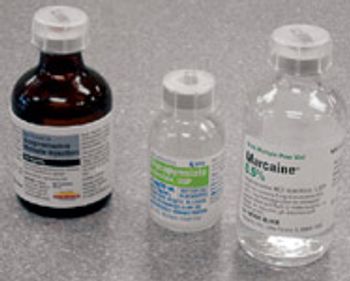
A reader tip to help bottles keep their tops on.
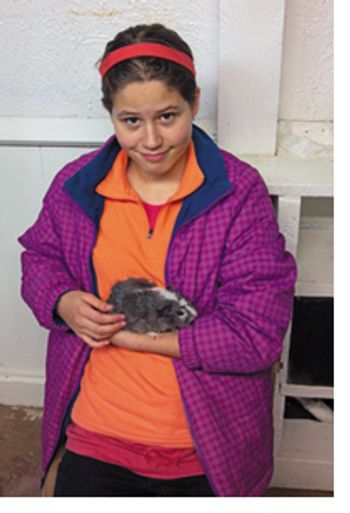
We all have those in our lives we admire, but it's not often we find ourselves in the spotlight. This essay is courtesy of the columnist's granddaughter.

A study found unsafe noise levels in dog kennels--take precautions to protect your patients and staff.
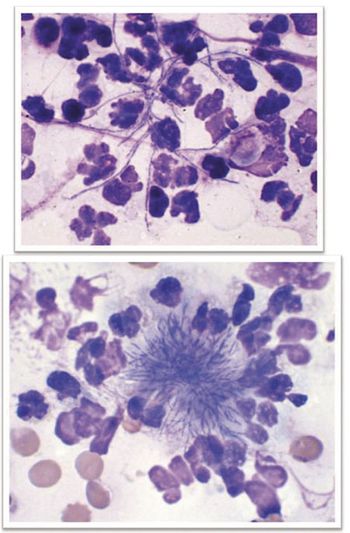
Look at the cytologic slides and discern the cause of a rottweiler's masseter muscle mass.
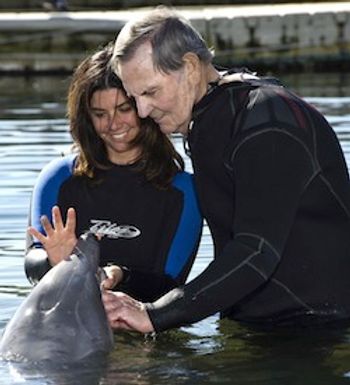
Navy-trained dolphins, sea lions serve as animal soldiers protecting sailors and ships.

A calm environment, distractions, and possibly medication or pheromones can help manage anxiety.

This six-city event offers free booths for local veterinarians at pet fairs in Chicago, New York City, Kansas City, Dallas, Atlanta, and Los Angeles.

Improper reactions from pet owners may make behavior problems worse.

Problem behaviors can be treated, keeping pets with their families.

ClinQuiz: Eye on leptospirosis (Sponsored by Boehringer Ingelheim Vetmedica Inc.) Answer 2A

ClinQuiz: Eye on leptospirosis (Sponsored by Boehringer Ingelheim Vetmedica Inc.) Answer 3B

Accessible resources, alone time essential for multiple-cat households.
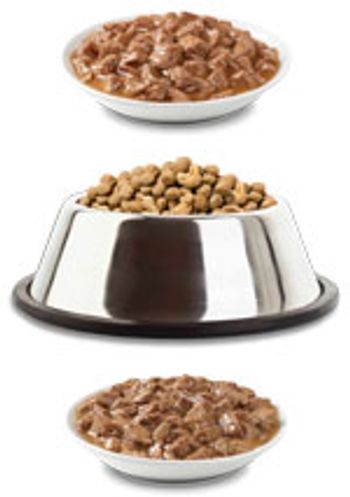
Compliance can be a challenge when recommending a therapeutic diet. Pets can be finicky and clients may become frustrated. Purina Veterinary Diets® understands and knows choice can go a long way toward making both pet and owner happier. That's why we're excited to introduce three new varieties to the Purina Veterinary Diets® menu.

Click here for the current and back issues of Veterinary Medicine.

Can this drug help eliminate this complication of chronic kidney disease in cats?

NO PURCHASE OR PAYMENT NECESSARY TO PARTICIPATE OR WIN. Sweepstakes begins July 2, 2012 at 9:00 am ET and ends July 27, 2012 at 11:59:59 pm ET. Open to legal residents of the 50 United States and D.C., 18 years of age or older at time of entry (19 years of age in AL and NE). Limit one entry per person and per Twitter handle per day. See below for complete Official Rules. Sponsored by Nestlé Purina PetCare Company, Checkerboard Square, St. Louis, MO 63164. Twitter is not a sponsor of this Sweepstakes.

Researchers think chicken chatter could reveal how healthy and comfortable birds are in their environment.

Need inspiration for crafting your #VetVariety tweets? Check out these sample tweets and sources of information to get started.

One cowboy gets quite the calf-working experience, thanks to an excited mutt.

Compliance can be a challenge when recommending a therapeutic diet. Pets can be finicky and clients may become frustrated.

NO PURCHASE OR PAYMENT NECESSARY TO PARTICIPATE OR WIN. Sweepstakes begins July 2, 2012 at 9:00 am ET and ends July 27, 2012 at 11:59:59 pm ET. Open to legal residents of the 50 United States and D.C., 18 years of age or older at time of entry (19 years of age in AL and NE). Limit one entry per person and per Twitter handle per day. Click here for complete Official Rules. Sponsored by Nestlé Purina PetCare Company, Checkerboard Square, St. Louis, MO 63164. Twitter is not a sponsor of this Sweepstakes.

Jennifer Vossman explores the wide range of expert hands-on training that awaits you.

Dr. Laura Smallwood helps a reader sort out the best method of diagnosing pancreatitis.

Dr. Robert Miller explores the good and bad about the big cities of United States.

That x-ray box in your exam room can perform a double duty.
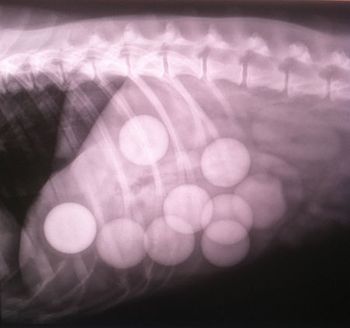
Martin, a 4-year-old Labrador, was looking forward to a great afternoon after a Sunday morning on the driving range. But this dog brought home a gift from the fun outing. After surgical removal of the golf balls, Martin made a full recovery.

A genetically modified form of Bermuda grass known as Tifton 85 seems to be the cause of death for a herd of Corriente cattle in central Texas.

This study explored the efficacy of a three-day course of enrofloxacin in dogs.

Solid Gold Health Products, Natural Balance Pet Foods and WellPet LLC have issued voluntary recalls.